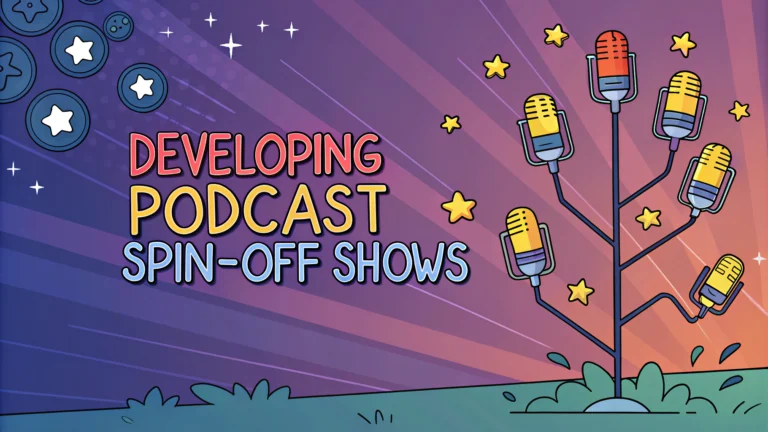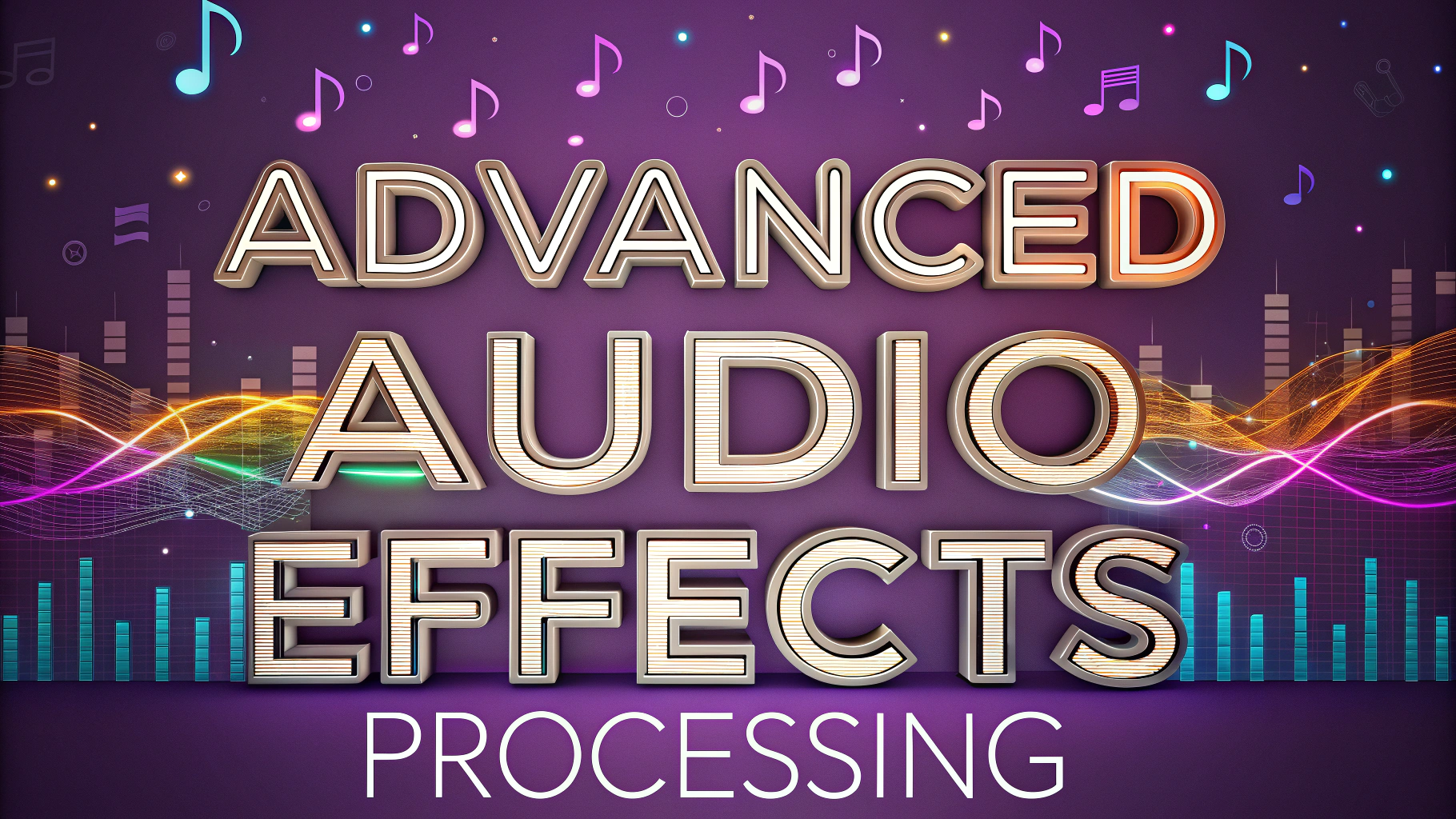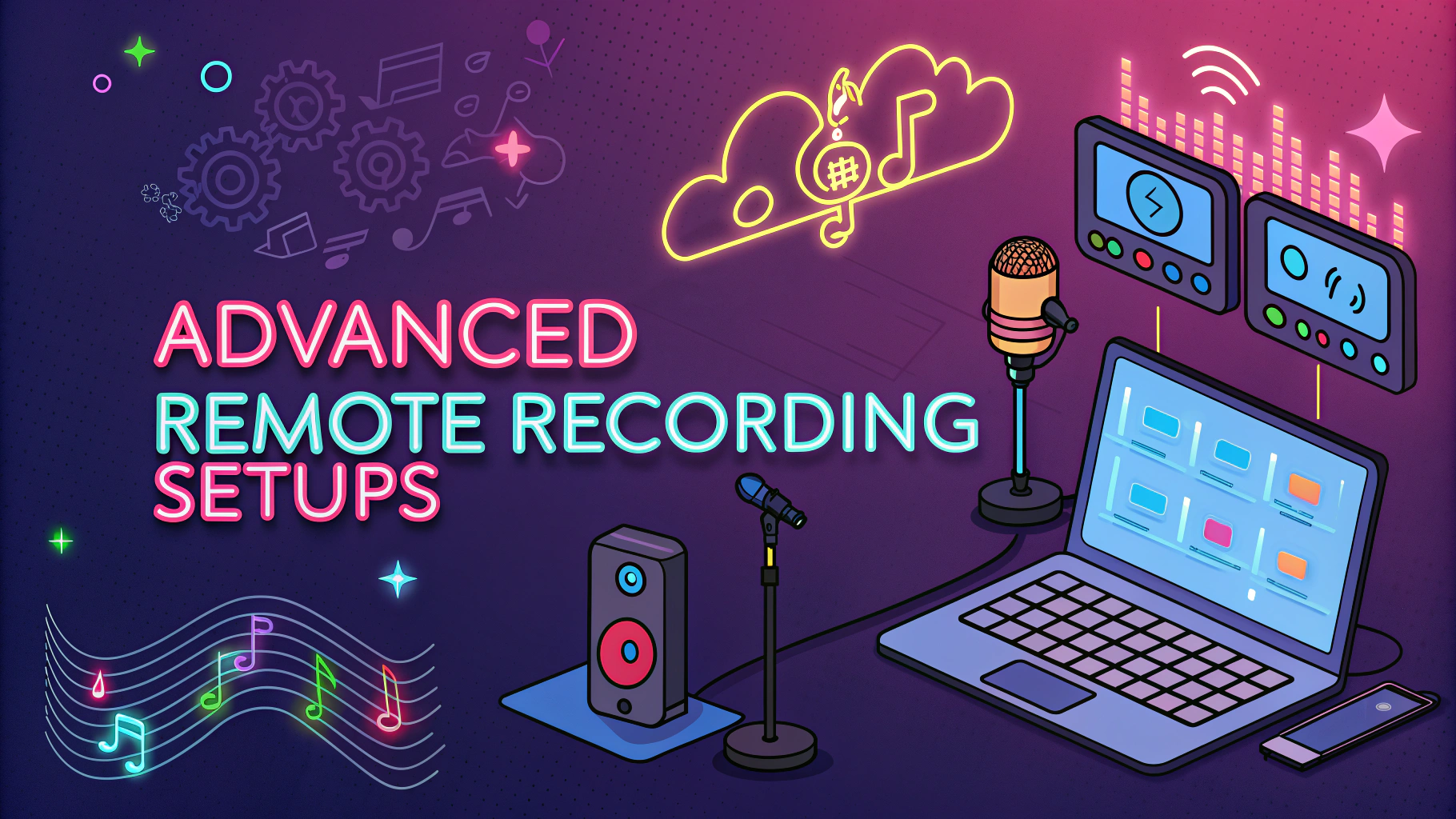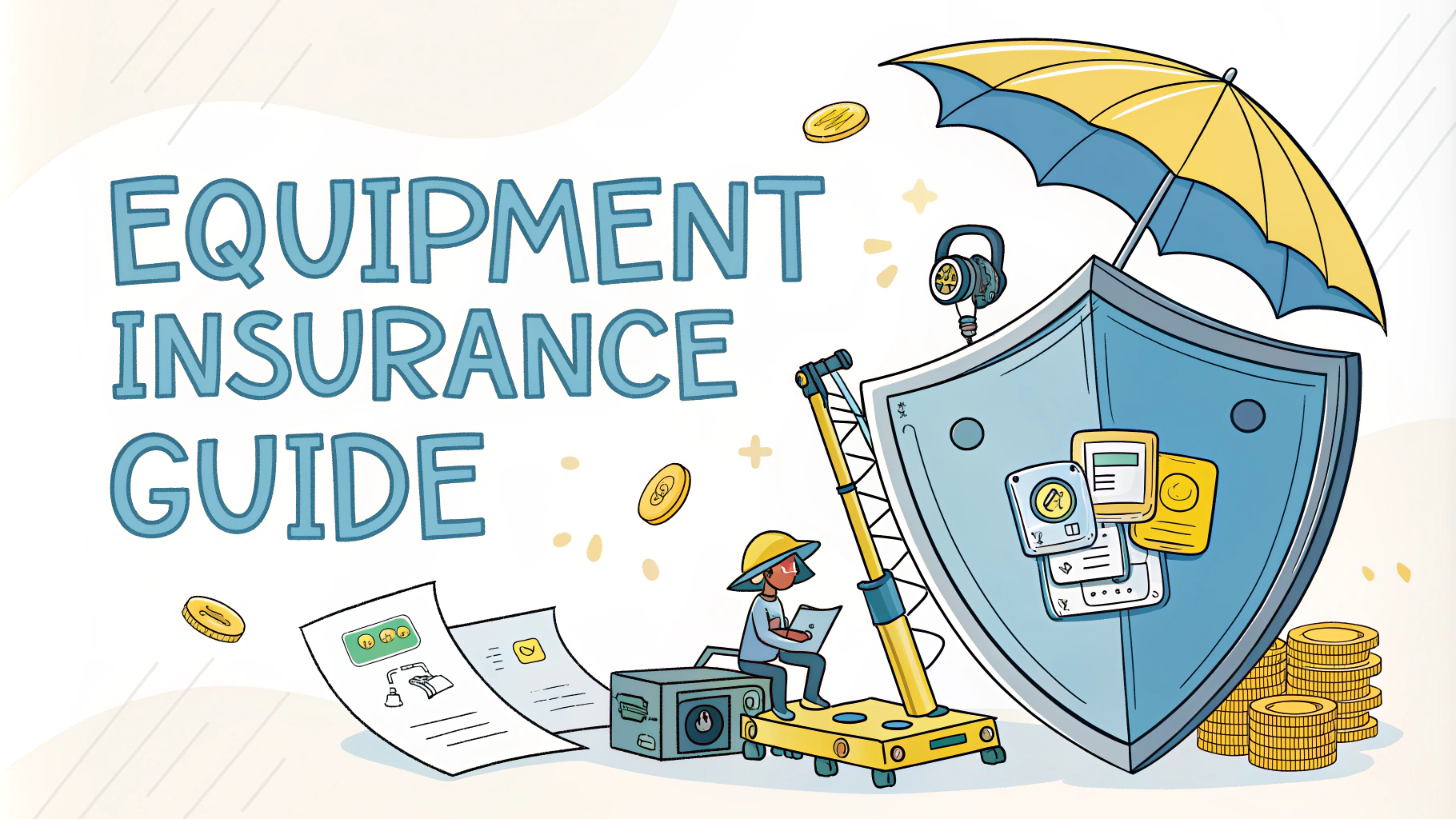Podcast spin-off shows represent a smart way to expand your existing podcast’s reach and create new revenue streams.
By developing related content that branches from your main show, you can tap into specific audience interests while maintaining your core brand identity.
This guide explores practical strategies for creating successful podcast spin-offs that complement your primary show and grow your listener base.
Types of Podcast Spin-Offs
- Deep-dive episodes focusing on specific topics from main show
- Behind-the-scenes content and production insights
- Q&A sessions addressing listener questions
- Interview series with industry experts
- Regional or language-specific versions
Planning Your Spin-Off Strategy
Start by analyzing your current show’s analytics to identify topics that resonate most with your audience.
Survey your listeners through social media or email to understand what additional content they want.
Consider your available resources, including time, budget, and production capabilities.
Production Requirements
- Additional recording equipment or software
- Extra editing time and resources
- New artwork and branding elements
- Separate RSS feed setup
- Marketing materials for the new show
Content Development Tips
Keep the spin-off content aligned with your main show’s quality standards while offering unique value.
Create a content calendar that complements your main show’s schedule without overwhelming your production capacity.
Test new formats with limited-run series before committing to long-term production.
Marketing Your Spin-Off Show
- Cross-promote on your main show
- Leverage existing social media channels
- Create dedicated landing pages
- Email existing subscribers
- Partner with related podcasts
Monetization Opportunities
Explore sponsorship packages that cover both main and spin-off shows.
Consider premium content models where spin-offs are available to paying subscribers.
Develop merchandise specific to each show while maintaining brand consistency.
Measuring Success
- Track download numbers and subscriber growth
- Monitor audience engagement across platforms
- Analyze cross-pollination between shows
- Measure revenue impact
- Review listener feedback and ratings
Next Steps for Growth
Start small with a pilot episode or mini-series to test your concept.
Build a dedicated team or adjust existing resources to handle the additional workload.
Set realistic goals and timelines for launching and growing your spin-off show.
Building a Sustainable Schedule
Establish a realistic production timeline that accounts for both shows’ demands.
Create buffer content to maintain consistent publishing during busy periods or emergencies.
Develop systems for managing multiple show calendars and deadlines.
Team Management
- Assign clear roles and responsibilities
- Set up efficient communication channels
- Create shared resources and documentation
- Schedule regular team check-ins
- Plan for backup support when needed
Technical Infrastructure
Hosting Solutions
- Select appropriate hosting platforms
- Configure multiple RSS feeds
- Set up analytics tracking
- Implement backup systems
Distribution Networks
- Optimize for various podcast directories
- Ensure consistent metadata across platforms
- Monitor feed health and performance
Quality Control
Implement review processes to maintain consistency across shows.
Establish style guides for both audio and visual content.
Regular audits of content quality and brand alignment.
Expanding Your Podcast Empire
Document successful strategies and lessons learned for future expansion.
Stay connected with your audience to identify new opportunities.
Remember that growth should be sustainable and aligned with your core mission.
With careful planning and execution, spin-off shows can become valuable assets in your podcast portfolio, creating multiple touchpoints for audience engagement and revenue generation.
FAQs
- What is a podcast spin-off show and how is it different from a regular podcast?
A podcast spin-off show is a new series that branches off from an existing successful podcast, typically focusing on a specific aspect, character, or theme from the original show while maintaining a connection to the parent podcast. - When is the right time to launch a podcast spin-off?
The ideal time is when your main podcast has a strong, established audience, clear demand for specific content, and enough resources to maintain quality across multiple shows without diluting your primary content. - How do I determine what type of spin-off show to create?
Analyze your audience metrics, review listener feedback, identify popular segments or topics from your main show, and consider content that couldn’t fit into your original format but deserves its own dedicated platform. - What are the common types of podcast spin-offs?
Common types include deep-dive series, behind-the-scenes content, character-focused shows, topic-specific breakdowns, shorter-format versions, and exclusive interview series related to the main show. - How should I market my podcast spin-off to existing listeners?
Promote the spin-off on your main show, create cross-promotional content, use your existing email list and social media channels, and clearly communicate how the new show relates to the original content. - What technical considerations are important when launching a spin-off show?
Consider separate RSS feeds, consistent branding while maintaining distinct identity, compatible production quality, scheduling that doesn’t compete with the main show, and proper metadata optimization for discovery. - How can I ensure the spin-off doesn’t cannibalize my main show’s audience?
Schedule releases on different days, create complementary rather than competing content, maintain distinct value propositions for each show, and ensure both programs can stand alone while benefiting from cross-promotion. - What are the potential risks of launching a podcast spin-off?
Risks include resource strain, audience confusion, diluted quality, brand inconsistency, scheduling conflicts, and potential negative impact on the main show’s performance if not properly managed. - How do I maintain consistency across multiple shows while keeping them unique?
Develop clear brand guidelines, maintain separate content calendars, use consistent production quality standards, establish distinct voice guides for each show, and ensure regular communication between production teams. - What monetization strategies work best for podcast spin-offs?
Consider package deals for advertisers across both shows, create spin-off-specific premium content, develop exclusive sponsorship opportunities, and leverage cross-promotional revenue sharing with related products or services.








